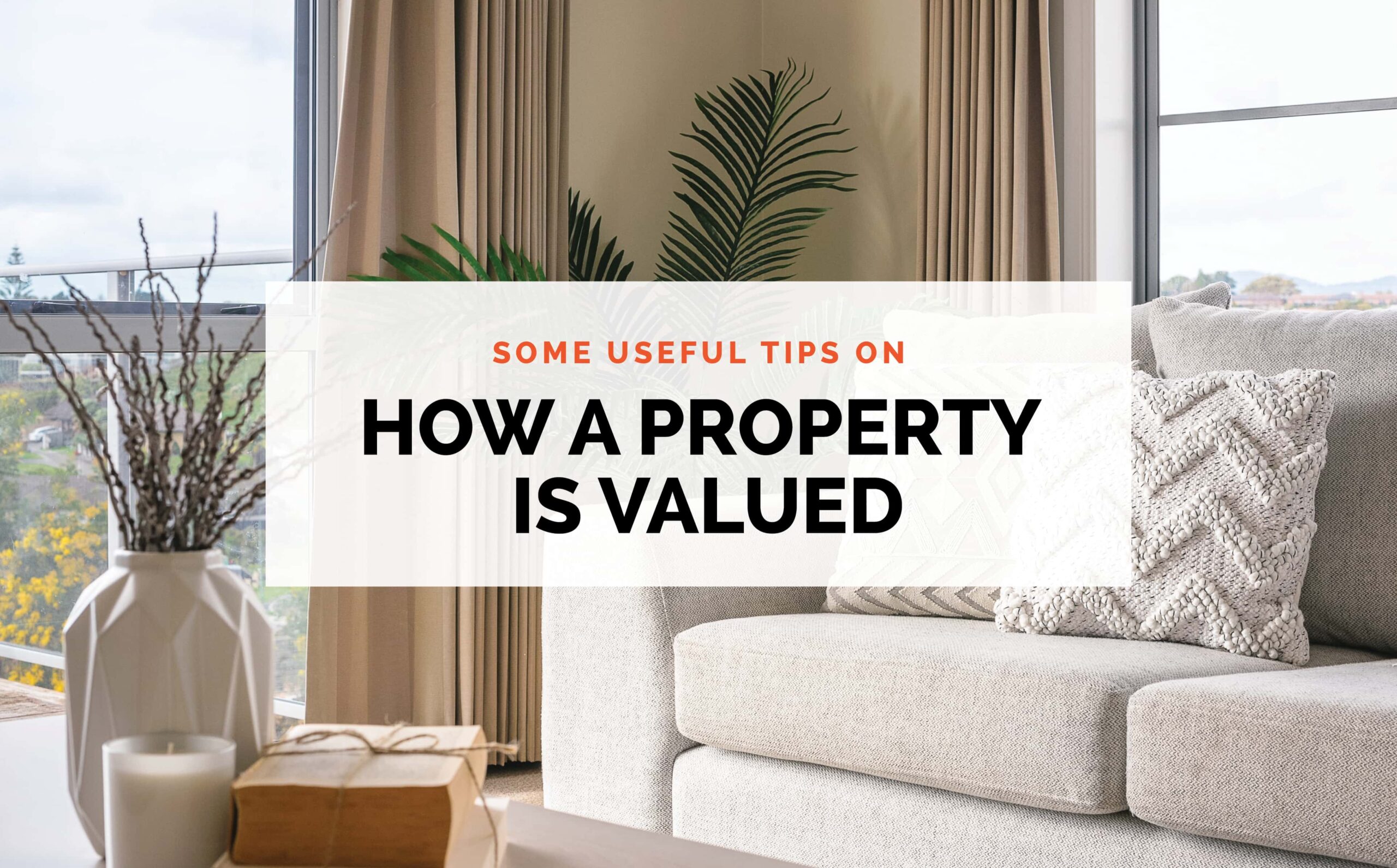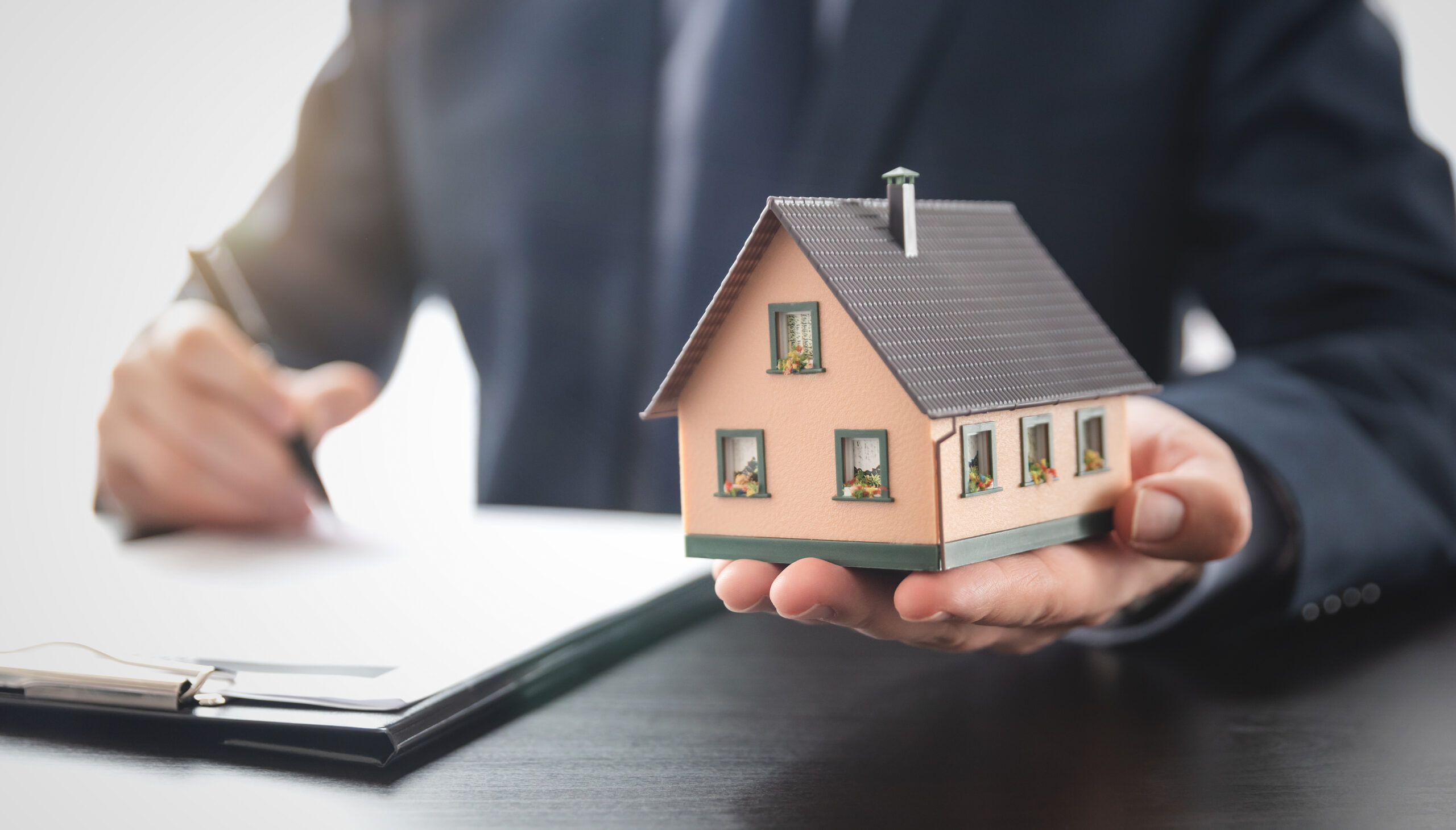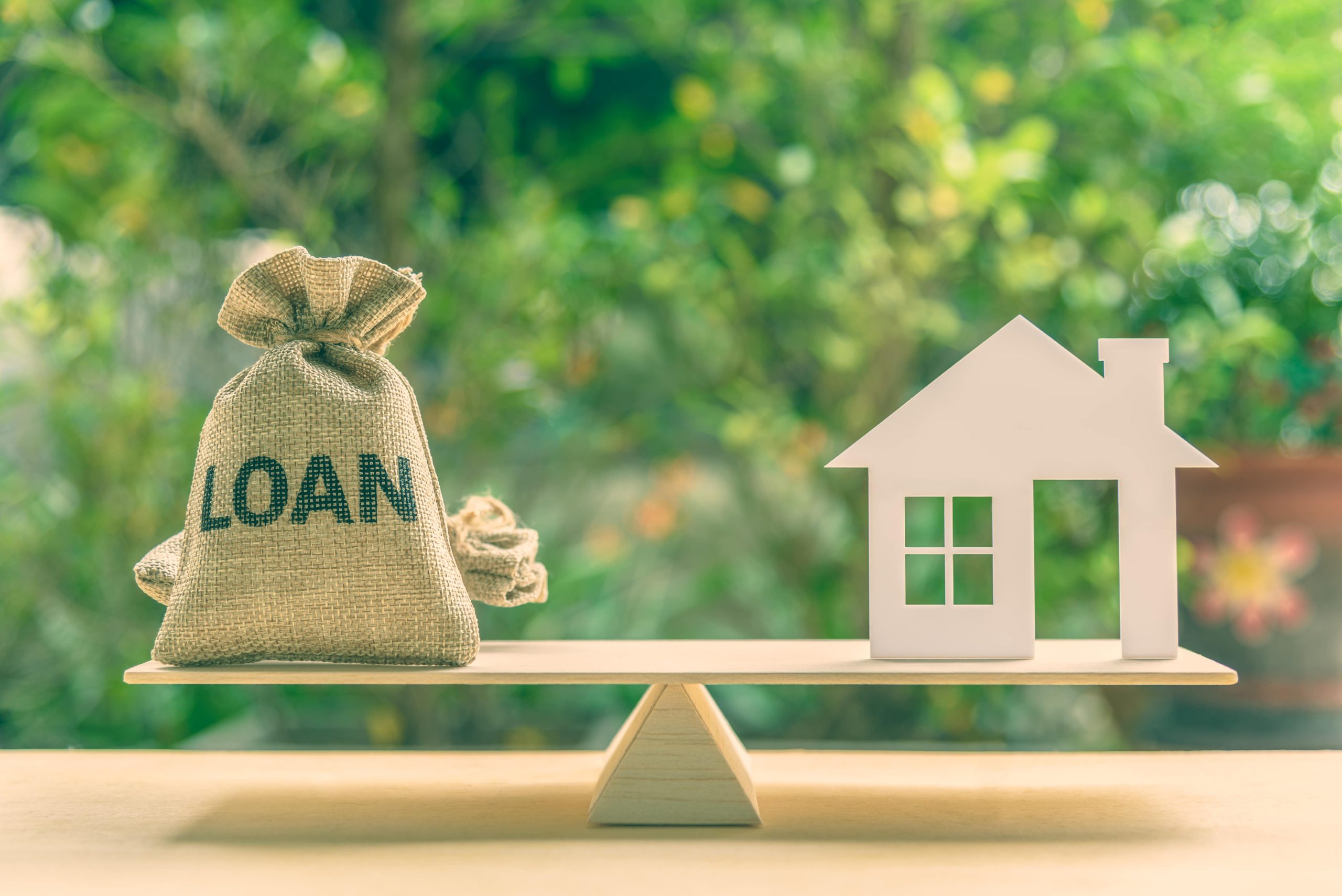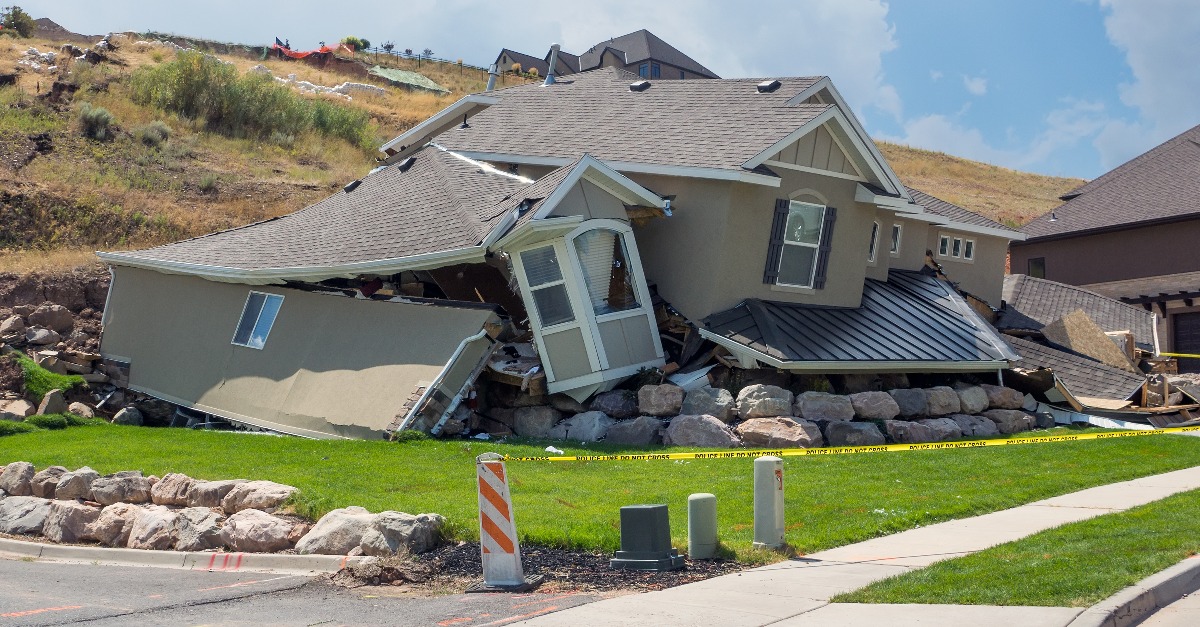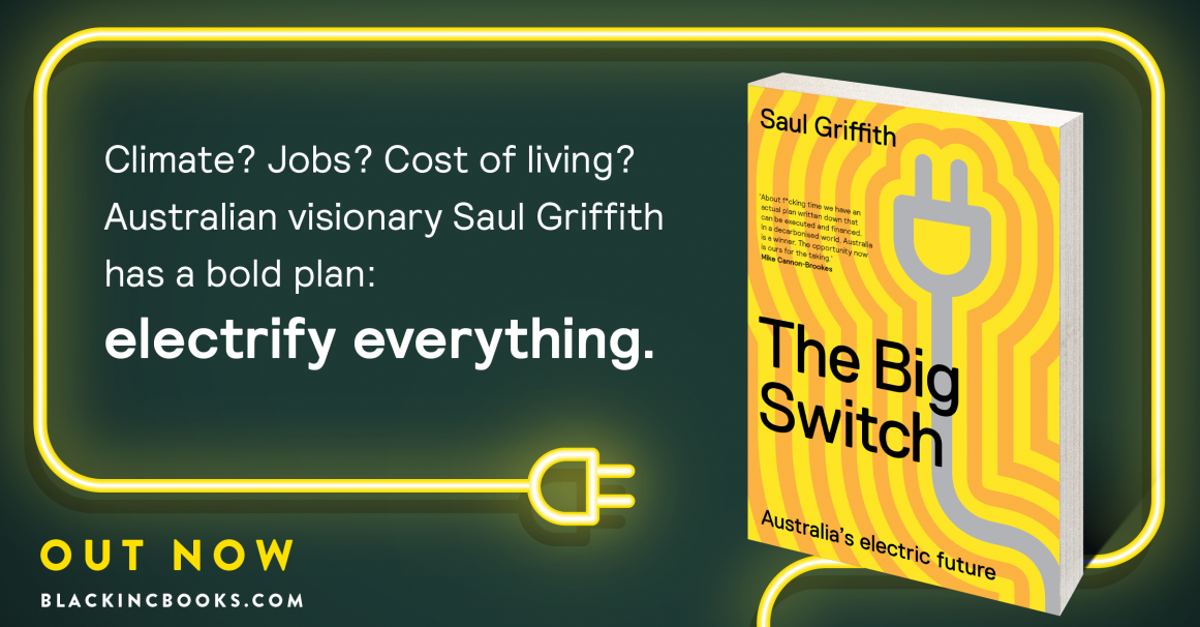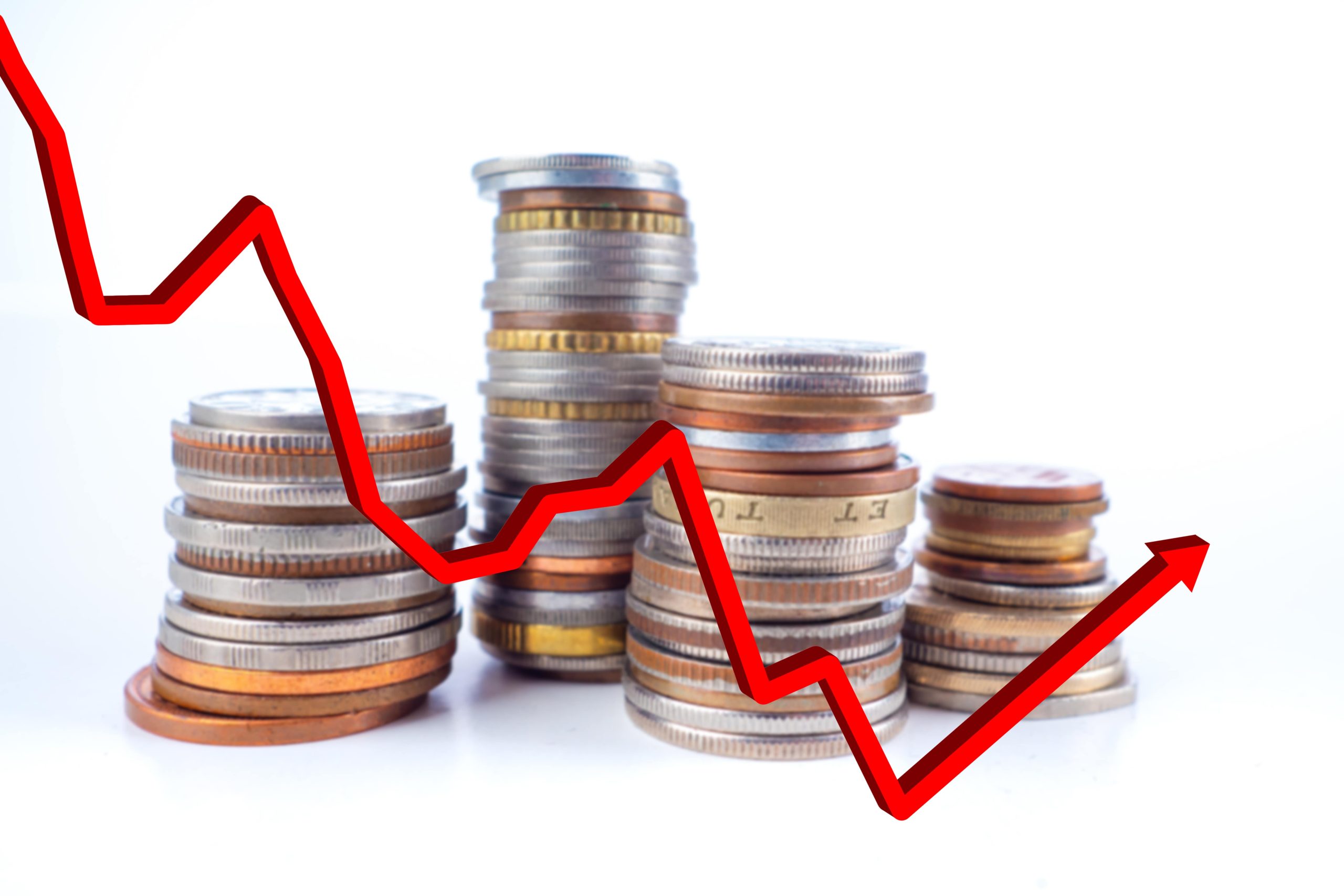Success in property is about buying well and not paying too much. Here we discuss how a property is valued and some tips on how to get started.
A QUICK OVERVIEW:
When ascertaining a property’s value, here are some of the factors a valuer considers:
- The location and position of the property
- The size and topography of the land
- The number of bedrooms, bathrooms and car parking
- The size of the dwelling
- The quality of fixtures and features
- The condition of the property
- The ancillary improvements including pool, landscaping, driveways, sheds
- The view from the dwelling
- Any encumbrances or easements burdening the property
1. BECOME THE SUBURB EXPERT
Valuers know their suburbs inside out. These checks will get you in the know:
- Check with the local council for
– Flooding issues
– Future infrastructure plans
– Upcoming buildings and developments - Check with state government for areas likely to be resumed
- Get to know the best (and worst) streets – visit at different times of the day
- Check the Online Crime Map prepared by the police, for high crime areas
3. BECOME FAMILIAR WITH LOCAL VALUES
Get to know what properties are selling for. In general, it takes about three months to become familiar.
- Attend open houses, talk to local agents and follow up on sold prices
- Attend auctions in the area
- Go to www.realestate.com.au and research the ‘sold’ properties
- Purchase property reports from sites such as www.corelogic.com.au
Valuers are entering five or six properties a day and have access to various databases with additional information. They are seeing new contracts signed every week, keeping them up to date with how the market is moving. If you don’t have three months to spare, engage an indepedant valuer.
6. LOOK OUT FOR OVER-CAPITALISATION
Each suburb has a ceiling of market value. The cost of the land, plus the cost to build, does not necessarily equal value. There must be recent sales to support the proposed expenditure.
Over-capitalising when renovating is a risk. If the property is listed as the most expensive in the suburb, it’s likely there are no relevant sales to support the price and the valuation may come in less than hoped.
7. CONDUCT A THOROUGH INSPECTION
A building and pest report is essential with any property purchase. This report can ascertain if the value is higher or lower based on required works, or if the property should be avoided altogether.
Conducting your own thorough inspection can save you money if you can eliminate the property from your list, before engaging the professionals.
2. KNOW THE LOCATION AND POSITION
The property might be in a good suburb but there are many positional factors which can affect its value and capital growth. You can improve the house, but not the location. The valuer will consider the following:
- Is it close to a busy road or railway line?
- Is it adjoining a commercial area?
- Is it close to high transmission power lines?
- Is it close to transport, schools and the ‘village’ cafes etc.
- Which way is the house facing?
- What is the view and can it be built out?
4. IGNORE LISTED PRICES
The price for which properties have been listed for sale is not a reliable indication of value. An agent can list a house for any price, so focus on what properties in the area have sold for, rather than their listed price.
Valuers can only consider confirmed sale prices after the settlement has taken place.
5. COMPARE LIKE WITH LIKE
The primary method of valuation is the Comparison Method. The valuer compares the property being valued with properties which have sold recently.
Some properties are relatively easy to value. New suburbs often have similar houses on identical lots which have sold at similar prices. Other properties such as unrenovated dwellings on larger allotments with re-development potential or properties in closer to the CBD in prestige suburbs are not quite so easy. This is where a valuer can help.
In addition to the Comparison Method, valuers use a check called the Summation Method. The property is divided into segments; land, house and ancillaries (pool, landscaping etc.) and a figure is apportioned to each segment, based on industry standards.
The Summation Method figure should be in the vicinity of the Comparison Method. If not, the valuer looks at a wider range of sales to ensure the ones selected truly represent market value. This check is useful to eliminate sales that are high due to an interstate purchase or low due to a fire sale.
8. BE OBJECTIVE
Valuers have no vested interest in the property and make evidence-based decisions. The purchase of any property needs to be a business decision. If there’s a house you ‘have to have’ there’s a chance you could pay too much.
The steps above will provide a good indication of a property’s worth. But if you don’t have the time, or inclination, engaging a Certified Practising Valuer is the quickest and most accurate way to ascertain the value of a property and provide the confidence to take the next step.
1. BECOME THE SUBURB EXPERT
Valuers know their suburbs inside out. These checks will get you in the know:
- Check with the local council for
– Flooding issues
– Future infrastructure plans
– Upcoming buildings and developments - Check with state government for areas likely to be resumed
- Get to know the best (and worst) streets – visit at different times of the day
- Check the Online Crime Map prepared by the police, for high crime areas
2. KNOW THE LOCATION AND POSITION
The property might be in a good suburb but there are many positional factors which can affect its value and capital growth. You can improve the house, but not the location. The valuer will consider the following:
- Is it close to a busy road or railway line?
- Is it adjoining a commercial area?
- Is it close to high transmission power lines?
- Is it close to transport, schools and the ‘village’ cafes etc.
- Which way is the house facing?
- What is the view and can it be built out?
3. BECOME FAMILIAR WITH LOCAL VALUES
Get to know what properties are selling for. In general, it takes about three months to become familiar.
- Attend open houses, talk to local agents and follow up on sold prices
- Attend auctions in the area
- Go to www.realestate.com.au and research the ‘sold’ properties
- Purchase property reports from sites such as www.corelogic.com.au
Valuers are entering five or six properties a day and have access to various databases with additional information. They are seeing new contracts signed every week, keeping them up to date with how the market is moving. If you don’t have three months to spare, engage an indepedant valuer.
4. IGNORE LISTED PRICES
The price for which properties have been listed for sale is not a reliable indication of value. An agent can list a house for any price, so focus on what properties in the area have sold for, rather than their listed price.
Valuers can only consider confirmed sale prices after the settlement has taken place.
5. COMPARE LIKE WITH LIKE
The primary method of valuation is the Comparison Method. The valuer compares the property being valued with properties which have sold recently.
Some properties are relatively easy to value. New suburbs often have similar houses on identical lots which have sold at similar prices. Other properties such as unrenovated dwellings on larger allotments with re-development potential or properties in closer to the CBD in prestige suburbs are not quite so easy. This is where a valuer can help.
In addition to the Comparison Method, valuers use a check called the Summation Method. The property is divided into segments; land, house and ancillaries (pool, landscaping etc.) and a figure is apportioned to each segment, based on industry standards.
The Summation Method figure should be in the vicinity of the Comparison Method. If not, the valuer looks at a wider range of sales to ensure the ones selected truly represent market value. This check is useful to eliminate sales that are high due to an interstate purchase or low due to a fire sale.
6. LOOK OUT FOR OVER-CAPITALISATION
Each suburb has a ceiling of market value. The cost of the land, plus the cost to build, does not necessarily equal value. There must be recent sales to support the proposed expenditure.
Over-capitalising when renovating is a risk. If the property is listed as the most expensive in the suburb, it’s likely there are no relevant sales to support the price and the valuation may come in less than hoped.
7. CONDUCT A THOROUGH INSPECTION
A building and pest report is essential with any property purchase. This report can ascertain if the value is higher or lower based on required works, or if the property should be avoided altogether.
Conducting your own thorough inspection can save you money if you can eliminate the property from your list, before engaging the professionals.
8. BE OBJECTIVE
Valuers have no vested interest in the property and make evidence-based decisions. The purchase of any property needs to be a business decision. If there’s a house you ‘have to have’ there’s a chance you could pay too much.
The steps above will provide a good indication of a property’s worth. But if you don’t have the time, or inclination, engaging a Certified Practising Valuer is the quickest and most accurate way to ascertain the value of a property and provide the confidence to take the next step.
If we can be of any assistance please contact us on 07-3352 6006 or [email protected]

